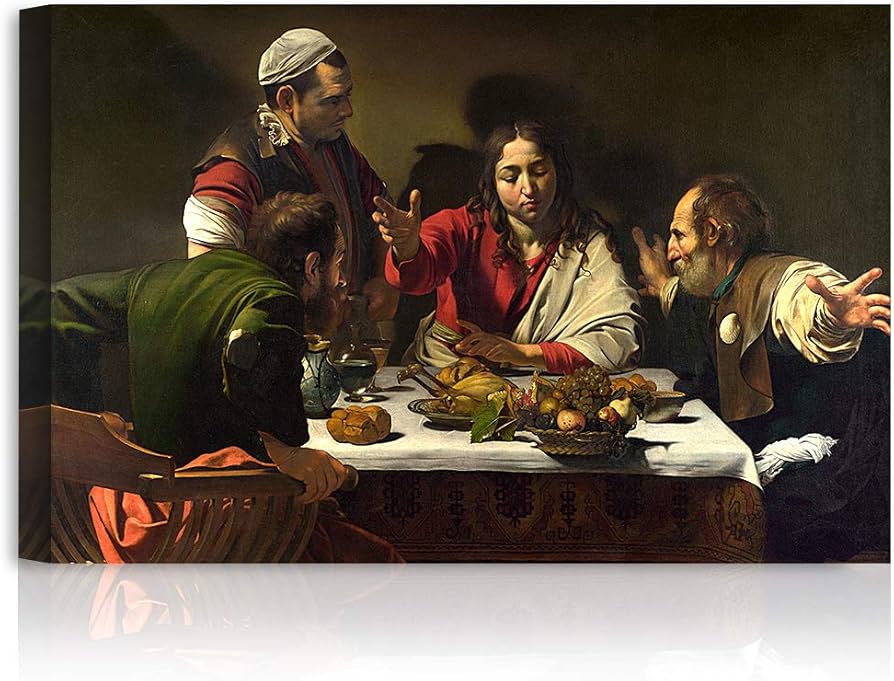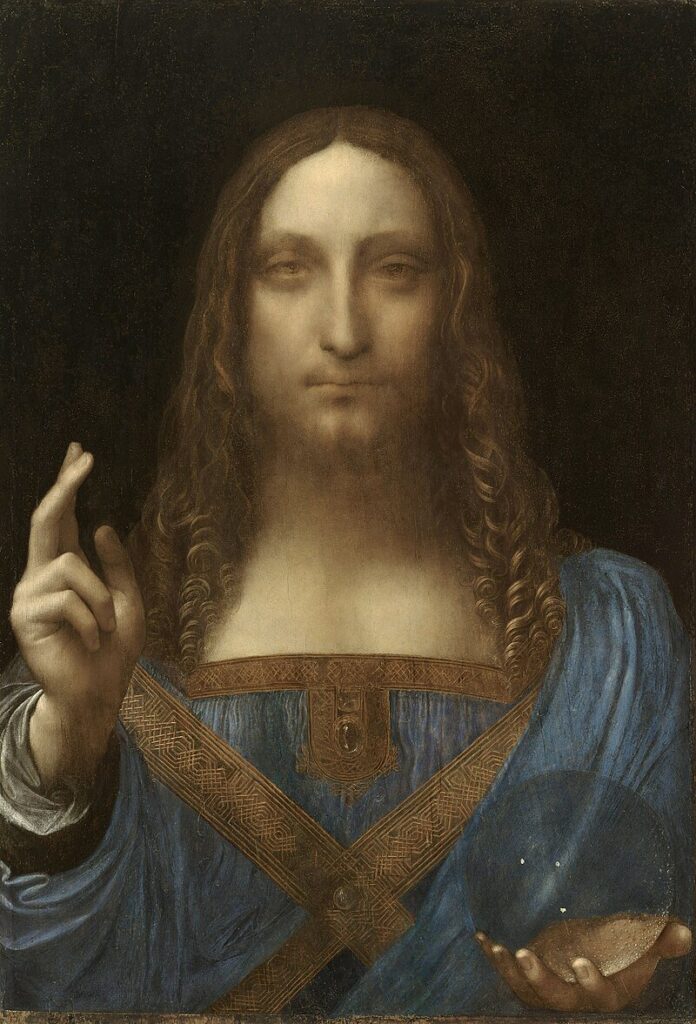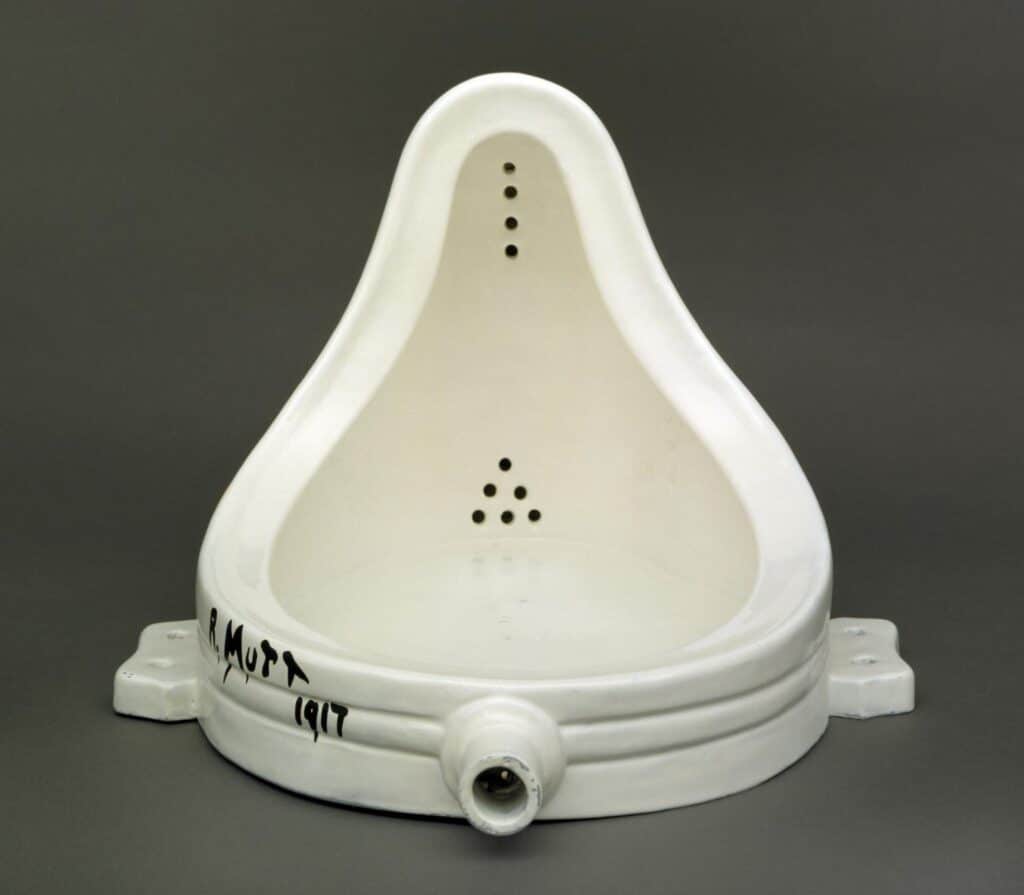The art world has long been a realm of creativity, passion, and expression, where beauty, history, and controversy often collide. Over the years, however, the art industry has not been free from scandals that have left lasting imprints, not just on the artworks themselves, but also on the artists, institutions, collectors, and galleries involved. These scandals have shaped the art market, challenged public perceptions, and ignited debates about authenticity, ownership, and the very nature of art. This article explores some of the most notorious art world scandals that have left people questioning the integrity of the industry.
1. The Forged Paintings of Han van Meegeren (1940s)
The story of Han van Meegeren, one of the most infamous art forgers in history, is a remarkable tale of deception, revenge, and art world manipulation. In the 1940s, Van Meegeren began creating forgeries of Old Masters paintings, including works that appeared to be painted by Vermeer, one of the most revered artists of the Dutch Golden Age. Van Meegeren’s forgeries were so masterful that they fooled experts at major auction houses and galleries. One of his most famous fakes was “The Supper at Emmaus”, which he managed to sell to Nazi official Hermann Göring for a huge sum.
Van Meegeren’s motivations were both personal and financial. He was an established painter but felt his work was unappreciated by the art world. The desire to prove himself led him to craft forgeries that not only showcased his technical skill but also allowed him to exact a form of revenge on the art critics who had dismissed him. In the case of “The Supper at Emmaus”, he sold the forged painting to Göring, knowing that the Nazi officer was interested in acquiring art looted from Jewish families.
The scandal erupted after the war, when Van Meegeren was arrested for selling the forgeries. He didn’t face the typical charges for art forgery but instead was accused of treason for trading art with the enemy. In a stunning twist, van Meegeren proved that he had painted the works himself, earning him a reputation as one of the most audacious forgers in history.
Despite the scandal, van Meegeren’s case revealed how easily the art world could be deceived and sparked an enduring debate over the value of art, the importance of authenticity, and the questionable ethics of certain collectors and dealers.
2. Destruction of the “The Great American Nude” by Tom Wesselmann
In 1971, the modernist artist Tom Wesselmann was faced with a scandal that shook both the public and the art community. His painting, “The Great American Nude”, was part of an exhibition at the Whitney Museum of American Art. The piece, which featured a stylized and provocative portrayal of a nude woman, was controversial for its blatant sexual imagery.
The scandal erupted when the painting was removed from the exhibition due to public outcry. Religious and conservative groups protested the artwork, deeming it obscene and a threat to societal values. The uproar culminated in Wesselmann’s painting being destroyed during an infamous art purge in the museum, an incident that raised significant questions about censorship, artistic freedom, and the role of art institutions in defending controversial works.
The scandal became a symbol of the ongoing conflict between artistic expression and societal norms. The Whitney Museum’s eventual apology and recognition of Wesselmann’s work as an essential part of American art history further intensified the conversation surrounding artistic boundaries.
3. The Theft of Edvard Munch’s “The Scream”
In the world of art theft, few crimes are as audacious and high-profile as the theft of Edvard Munch’s “The Scream”. In 1994, one of the iconic versions of Munch’s The Scream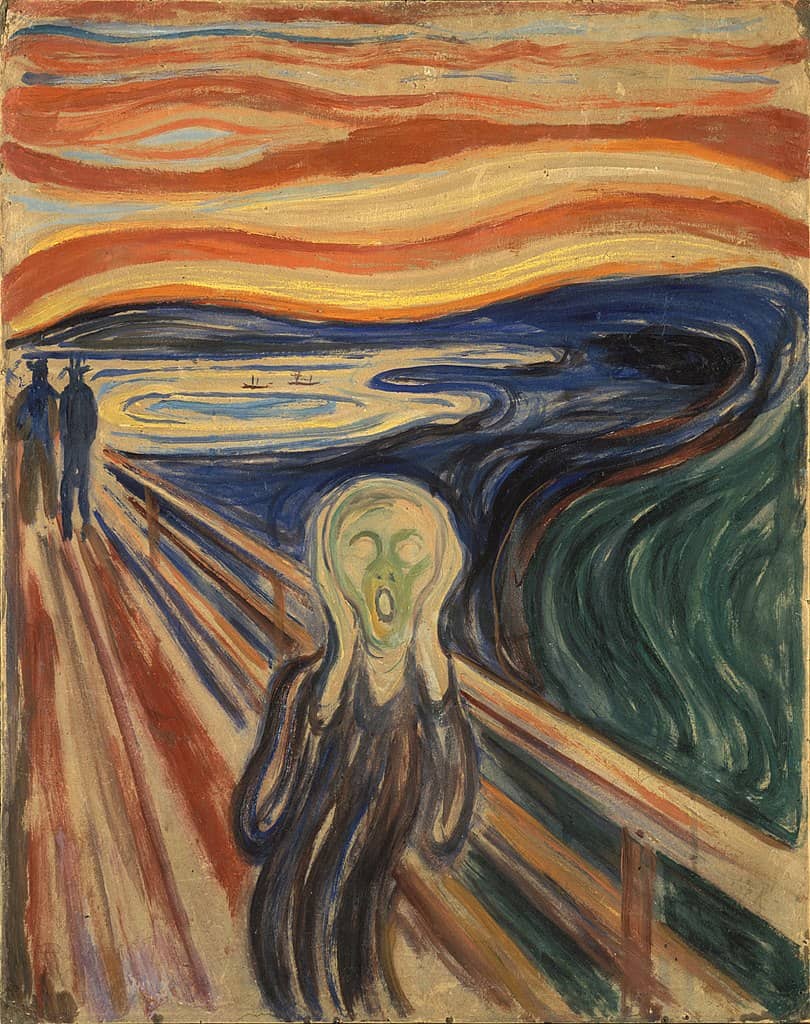
The heist sent shockwaves through the art world. “The Scream” was not just a symbol of existential angst and modern expressionism; it was one of the most recognized paintings in the world. The stolen artwork was eventually recovered, but the case raised issues about the security of world-renowned artworks and the vulnerability of cultural heritage.
This scandal also shined a light on the broader problem of art theft, as art was being treated not just as a cultural asset, but as a valuable commodity. With its sale price increasing, the allure of stealing artworks for black-market resale became even more tantalizing.
4. $100 Million Fake: The Case of the “Salvator Mundi”
One of the most shocking and recent scandals to hit the art world was the auction of “Salvator Mundi”, a painting attributed to Leonardo da Vinci. In 2017, the painting was sold at Christie’s for an astounding $450 million, making it the most expensive artwork ever sold at auction. However, the painting’s authenticity was met with skepticism from the start.
Art historians and experts raised doubts about whether it was truly painted by da Vinci, with some claiming that it was heavily restored and altered. The painting’s mysterious ownership history and the lack of concrete evidence to confirm its attribution only fueled speculation. Despite this, the painting was sold to a Saudi Arabian prince, sparking global conversations about the role of auction houses, art dealers, and the overwhelming influence of money in determining what qualifies as a masterpiece.
The scandal surrounding Salvator Mundi raised questions about the veracity of art authentication and the blurry line between genuine masterpieces and high-priced investments. Critics questioned whether art had become more about wealth and status than genuine cultural or artistic value.
5. The Controversy Surrounding the “Rothko Chapel” Murals
The Rothko Chapel in Houston, Texas, is home to a series of murals painted by abstract expressionist Mark Rothko. However, controversy erupted in 1966 when Rothko’s son, Christopher, filed a lawsuit against the chapel’s management, claiming that the murals had been improperly displayed and exposed to light, which had damaged their colors. The legal battle drew attention to the importance of conserving and displaying artworks in the right conditions.
Rothko had originally designed the chapel as a serene space for meditation and reflection. The murals, meant to evoke spiritual transcendence, were intended to be experienced in dim, contemplative lighting. However, due to the chapel’s design, the works were subjected to harsh lighting conditions that caused them to deteriorate.
The scandal brought attention to the often-overlooked issue of preservation and conservation in the art world, as well as the tension between an artist’s original vision and the institution’s use of art. This incident underscored the importance of properly caring for and protecting cultural heritage for future generations.
6. The Isabella Stewart Gardner Museum Heist (1990)
The Isabella Stewart Gardner Museum heist is an unsolved crime that remains one of the most mystifying art thefts in history. On the night of March 18, 1990, two men dressed as police officers entered the museum in Boston, overpowered the guards, and stole 13 works of art. The stolen pieces included masterpieces such as “The Concert” by Vermeer, “The Storm on the Sea of Galilee” by Rembrandt, and “The Dead Christ” by Degas. These works were valued at an estimated $500 million at the time, making it the largest property theft in U.S. history.
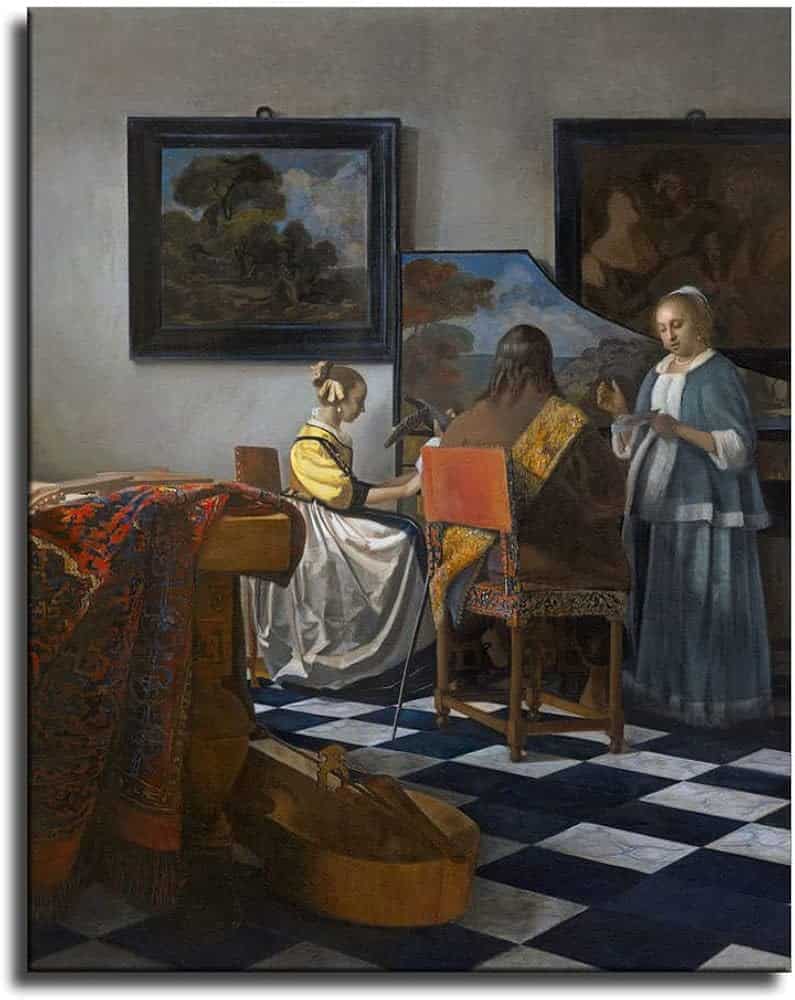
The heist itself was meticulously planned. The thieves knew the layout of the museum well, and the whole operation lasted less than 90 minutes. Despite the fact that a great deal of evidence was left behind, the FBI and other law enforcement agencies have never been able to identify the culprits or recover the stolen works. Over the years, numerous theories have surfaced regarding the involvement of organized crime and art smugglers. The museum offered a $10 million reward for information leading to the recovery of the art, but the case remains unsolved.
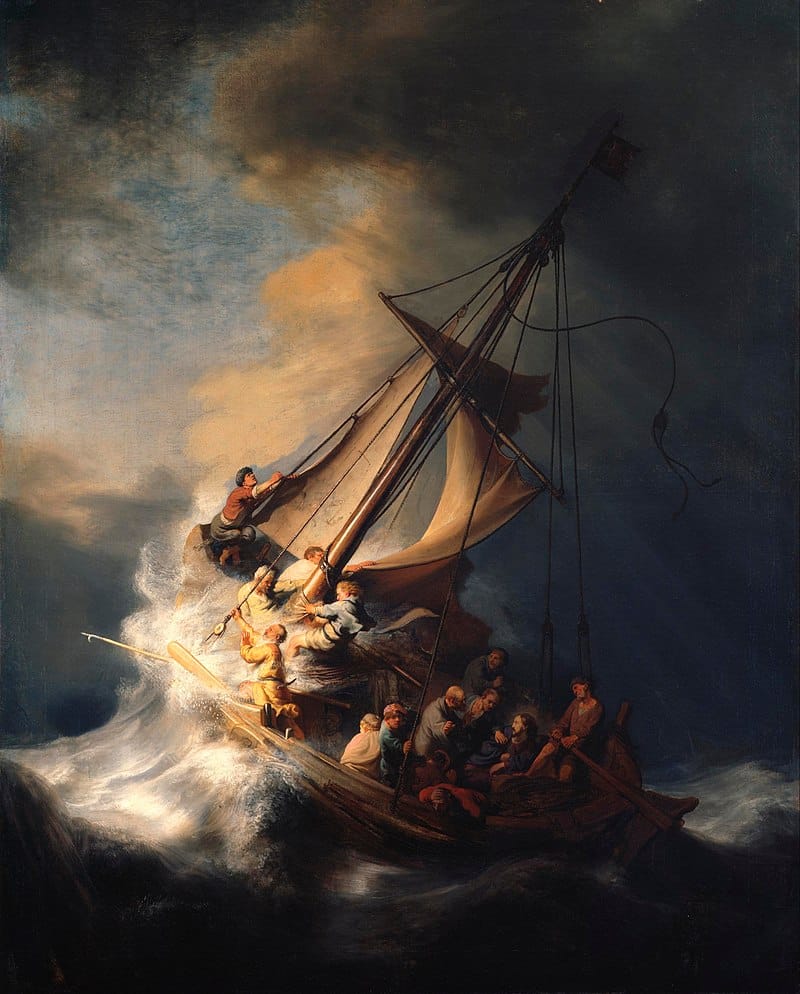
The emptiness of the frames that still hang in the museum, left as a stark reminder of the robbery, only add to the mystery and allure of the case. The heist has inspired multiple documentaries, books, and investigations, and even though many years have passed, it continues to captivate art lovers and criminologists alike.
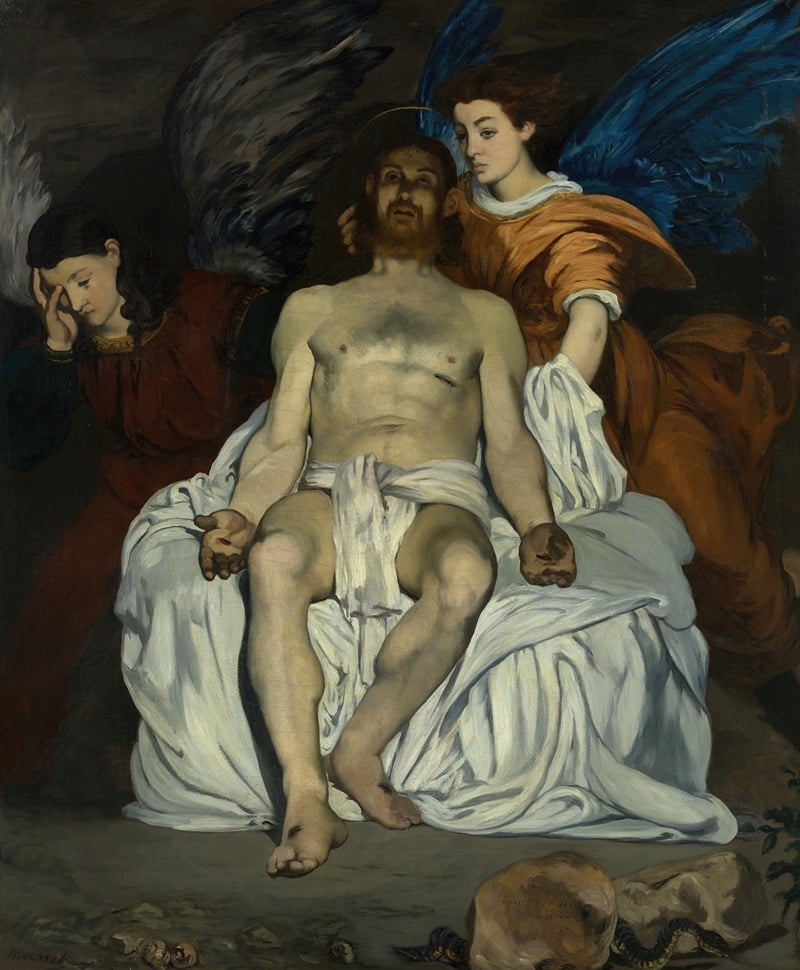
This theft shook the art world not only because of the valuable works taken but also because it exposed the vulnerabilities of even the most secure institutions. The Gardner Museum’s loss left a lasting impact on the museum world, raising questions about the effectiveness of art security and the ethics of collectors and thieves in the global art market.
7. The Controversy Over “The Black Square” by Kazimir Malevich
Kazimir Malevich’s “Black Square”, a seminal work of abstract art, has been the subject of multiple scandals throughout its history. The painting, first created in 1915, was regarded as a revolutionary departure from traditional representation and became a symbol of Suprematism, an art movement that sought to focus on pure geometric forms.
However, the scandal occurred when a second Black Square painting, attributed to Malevich, was discovered in the 1980s in a private collection in the Soviet Union. The discovery led to a debate over whether it was an authentic work by Malevich or a later forgery. Some claimed that the second square was a forgery created by a member of Malevich’s inner circle after his death, while others argued that it was a true reflection of Malevich’s later work.
This scandal highlighted the complexities of authentication and the legacy of avant-garde movements that often defy traditional notions of art. It also raised questions about how much an artist’s personal history and intentions play into the value and authenticity of their works.
8. The “Duchamp Toilet” Scandal (1917)
Marcel Duchamp’s “Fountain” (1917), a simple porcelain urinal inscribed with the pseudonym “R. Mutt,” stands as one of the most audacious and controversial works in the history of art. Initially submitted to the Society of Independent Artists’ annual exhibition in New York, the work was rejected by curators because it was seen as an affront to artistic tradition. The urinal, a mass-produced object, was presented as art without any trace of the artist’s hand beyond the signature, which led many to question its legitimacy.
Duchamp’s intention was not just to shock but to challenge the very definition of art. His work was a direct critique of the elitist nature of the art world and the conventions that defined what was considered worthy of being labeled “art.” The public outcry surrounding “Fountain” sparked debates that continue to this day about what constitutes art and the role of the artist in creating it.
Although “Fountain” was initially rejected, it eventually became one of the most iconic pieces of modern art. Today, it is considered a seminal work in the Dada movement and is seen as a pioneering piece of conceptual art that foreshadowed the postmodern art of the 20th century. Duchamp’s urinal is a lasting symbol of art’s ability to question norms and challenge expectations.
9. The Fake Mona Lisa Scandal (1911)
In 1911, one of the greatest and most iconic works of art in the world, Leonardo da Vinci’s “Mona Lisa”, was stolen from the Louvre Museum in Paris. The thief, an Italian named Vincenzo Peruggia, had worked as a handyman in the museum and knew the building’s layout well. He hid inside the museum overnight, and when it opened the next day, he took the famous portrait and concealed it under his clothing. The theft went unnoticed until the following morning, when the “Mona Lisa” was discovered missing.
The theft caused a media frenzy, with news outlets around the world reporting on the crime. For two years, the painting was hidden in Peruggia’s apartment, and he attempted to sell it to art dealers in Italy, claiming that the painting should be returned to Italy, where it belonged. The authorities eventually tracked him down, and the painting was returned to the Louvre in 1913.
The scandal not only demonstrated the high level of security surrounding priceless works of art but also sparked an international conversation about the ownership and repatriation of cultural treasures. The incident cemented the “Mona Lisa”’s place as one of the most famous paintings in the world, and it remains a symbol of both artistic value and the lengths some will go to for a piece of history.
10. The Rothko Vandalism Incident (2012)
In 2012, one of Mark Rothko’s famous paintings, “Black on Maroon” (1958), housed at the Tate Modern in London, was defaced by a vandal in broad daylight. The culprit, Vladimir Umanets, walked up to the painting and scrawled his name and a cryptic message in black ink, reading:
“A potential piece of Yellowism – Vladimir Umanets, 2012.”
Umanets, a self-proclaimed artist, later claimed that he was making a statement about a conceptual art movement called “Yellowism.” However, critics saw it as nothing more than an act of vandalism against a priceless piece of art.
The damage to the painting was extensive, as Rothko’s layering technique made restoration incredibly challenging. Experts spent 18 months painstakingly removing the ink without damaging the delicate pigments of the original work.
Umanets was arrested and sentenced to two years in prison, but the incident raised concerns about the fine line between artistic intervention and outright destruction. The Rothko vandalism remains one of the most shocking acts of defacement in modern art history.
Conclusion
Art world scandals are not just about the artists involved or the financial fallout; they also force us to confront our collective assumptions about the value and significance of art. Whether it’s forgery, theft, destruction, or questionable auction deals, these scandals remind us that the art world is not immune to the same forces that shape every other aspect of human society—greed, ambition, and the clash between cultural ideals and economic realities. As the art world continues to evolve, these scandals will undoubtedly leave a lasting legacy that will continue to stir the pot of debate, inquiry, and reflection for generations to come.

